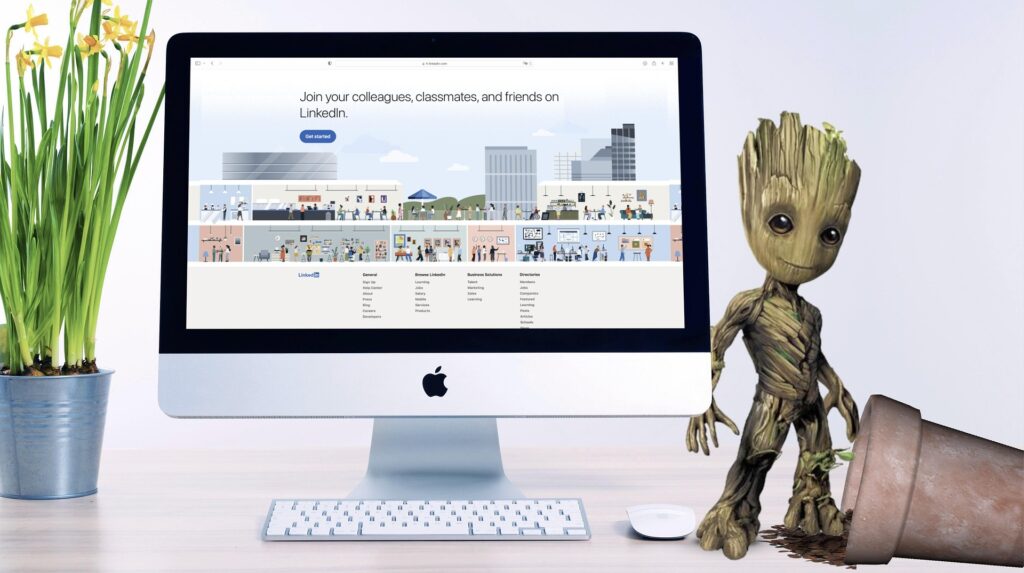
Internal linking plays a powerful role in modern SEO by helping search engines understand your website’s structure and the relationship between your pages. When implemented effectively, it enhances user experience, distributes link equity, and boosts your visibility on search engine results pages (SERPs).
Here’s a complete breakdown of how to master internal linking strategies and elevate your SEO game in 2025.
1. Design a Clear Site Structure
A strong website structure is the backbone of any effective internal linking plan. The best approach is a hierarchical layout, starting with your homepage, followed by primary categories, subcategories, and then individual blog posts or pages. This format helps Google crawl your site efficiently and makes it easier for users to navigate.
2. Use Keyword-Rich Anchor Text
Your anchor text (the clickable text in a link) should be clear, relevant, and rich in target keywords. Instead of vague phrases like “click here” or “learn more,” use descriptive terms that signal what the linked content is about.

3. Highlight High-Authority Pages
Identify your cornerstone content—the pages that deliver the most value—and link to them from other relevant posts. This tells search engines that these are your most important pages and helps funnel link juice (link authority) to them.
4. Maintain Contextual Relevance
Only create internal links where they make sense. Linking should feel natural within the flow of your content and should lead to pages that expand on or support the topic at hand. Google values contextual relevance, and so do your readers.
5. Build a Silo Structure
A silo structure involves grouping related content and linking them together to reinforce a central theme. This method strengthens topical authority and improves how your content ranks for keyword clusters related to that topic.
6. Balance Internal Link Distribution
Avoid linking excessively to just a few pages. Instead, aim for a balanced internal link profile by spreading links across your site. Every valuable page should receive some attention to share and receive link equity effectively.
7. Refresh Older Content with New Links
Don’t let older posts become dead ends. Regularly update them with internal links to newer pages or blog entries. This not only improves content discoverability but also signals to Google that your site is actively maintained.

8. Create Topic-Focused Content Hubs
A content hub is a central page (like a pillar post) that links to multiple related articles, forming a tightly connected cluster. This boosts navigation, encourages deeper site exploration, and tells search engines that your site is a trusted resource on the topic.
10. Prioritize User Experience
Above all, your internal links should make your site easier to use. Ensure links are visible, logically placed, and lead to valuable content. A seamless user journey reduces bounce rates, increases time on site, and improves overall SEO performance.
🚀 Final Thoughts
Internal linking is more than just an SEO tactic—it’s a powerful tool for creating a user-friendly, well-structured website that search engines love. By implementing the strategies above, you’ll boost your search rankings, improve your crawlability, and provide a richer experience for your audience.